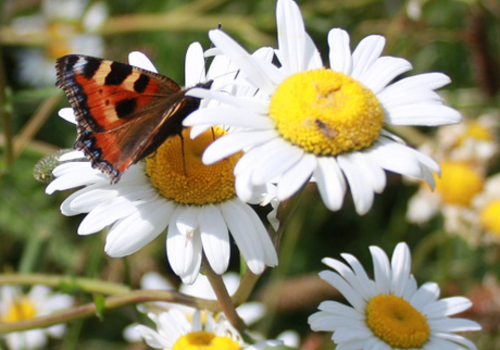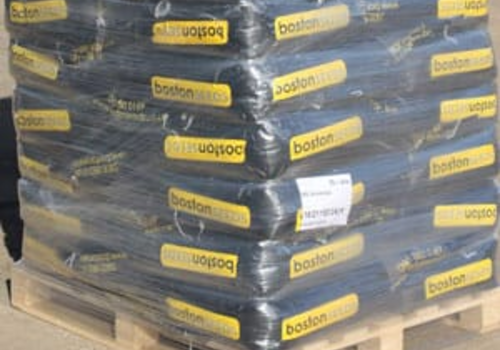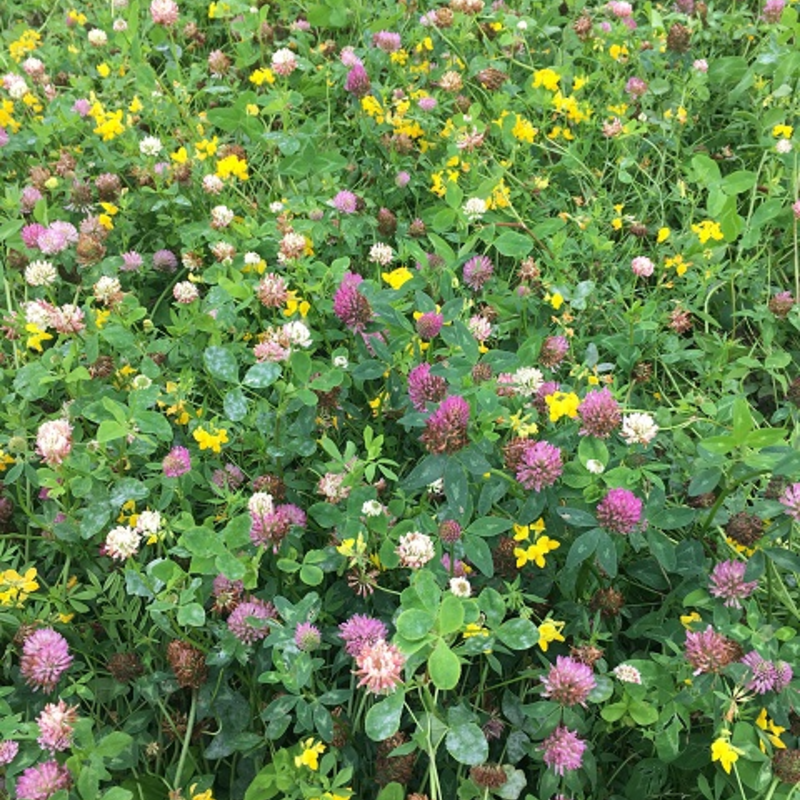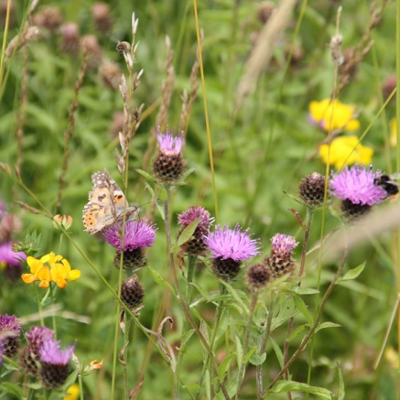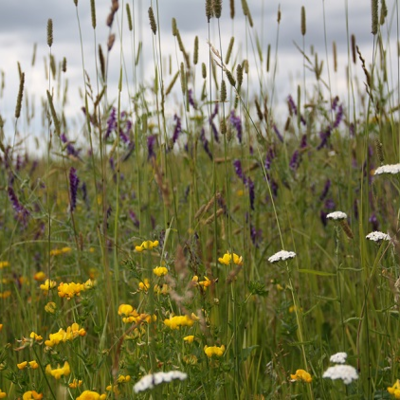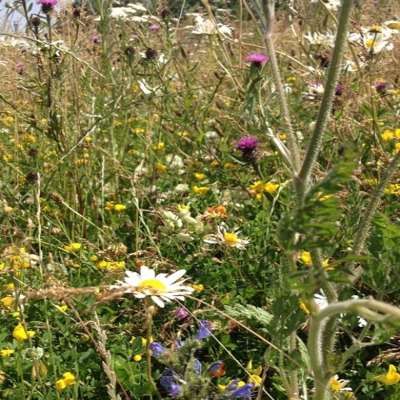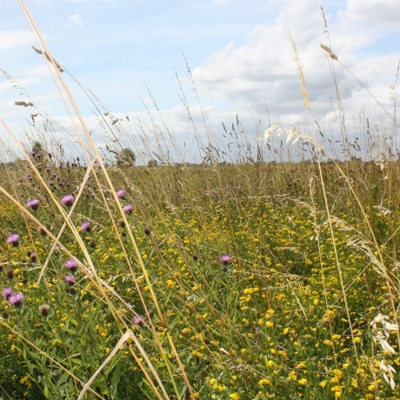CAHL1 | AHL1 | AB1 - 3 Year Enhanced Nectar Flower Mix (CSS5)
Use this premium mix, preferred by Natural England, for CAHL1 (2024/2025) and AHL1 (2023)Sustainable Farming Incentive, and AB1 Countryside Stewardship (Pollen and Nectar Flower Mix), providing diverse food source and habitat for pollinating insects such as bumblebees, solitary bees, butterflies and hoverflies.
- Use for static implementation of CAHL1 and AHL1 Pollen and Nectar schemes
- Sow in spring or autumn for optimum establishment
- Suitable for Sustainable Farming Incentive (SFI): CAHL1 AHL1
- Suitable for Countryside Stewardship (CSS): AB1
- Contains: 40% Common Vetch, 15% Alsike Clover, 12% Sainfoin, 10% Red Clover, 5% Birdsfoot Trefoil, 5% Black Medick, 5% Lucerne, 5% Yellow Blossom Clover, 1.4% Yarrow, 0.4% Common Knapweed, 0.4% Musk Mallow, 0.4% Oxeye Daisy, 0.4% Wild Carrot
- Sowing rate: 15-20kg/ha. Pack size: 20kg
Mixture Specification
40% Common Vetch
15% Alsike Clover
12% Sainfoin
10% Red Clover
5% Birdsfoot Trefoil
5% Black Medick
5% Lucerne
5% Yellow Blossom Clover
1.4% Yarrow
0.4% Common Knapweed
0.4% Musk Mallow
0.4% Oxeye Daisy
0.4% Wild Carrot
Sowing & Establishment
COUNTYRSIDE STEWARDSHIP AB1 - NECTAR FLOWER MIX
What To Sow
Establish a grass-free seed mix of at least 6 flowering species of legumes and wildflowers, including at least two perennials from the following list:
- Common Knapweed
- Musk Mallow
- Oxeye Daisy
- Wild Carrot
- Yarrow
A diverse seed mix will provide the longest flowering season for maximum benefit to bees, butterflies, hoverflies and moths.
Avoid mixes that do not include perennial wildflower species, as short-term legumes only will not supply pollinators with food sources for the full length of the agreement.
No single species should make up more than 50% of the seed mix.
Where To Sow
Aim to sow in unshaded areas, in wide margins or in blocks of between 0.25ha and 0.5ha spread evenly across a field, to create safe habitats for pollinators.
How To Sow
Broadcast the seed when the soil is warm and moist between 1st March and 15th September, rolling after sowing.
Information in this article is given in good faith but should not be seen as a substitute for complete guidance issued at www.gov.uk/countryside-stewardship-grants. Don’t hesitate to get in touch for further information.
Maintenance
COUNTRYSIDE STEWARDSHIP AB1 - NECTAR FLOWER MIX
Maintenance and Management
Regularly cut for the first year after sowing. Then, rotationally cut 50% of the plot area each year between 15th May and 15th June, and cut the whole plot area (or graze) each year between 15th September and 30th March.
Do not graze between 15th March and 31st August.
Records and Evidence
Keep records as evidence of establishment and maintenance such as, but not limited to, the list below:
- Seed invoices
- Field operations at parcel level
- Contractor invoices
- Records of grazing activity
- Photographs of the established seed mix
Information in this article is given in good faith but should not be seen as a substitute for complete guidance issued at www.gov.uk/countryside-stewardship-grants. Don’t hesitate to get in touch for further information.
Buy With Confidence

